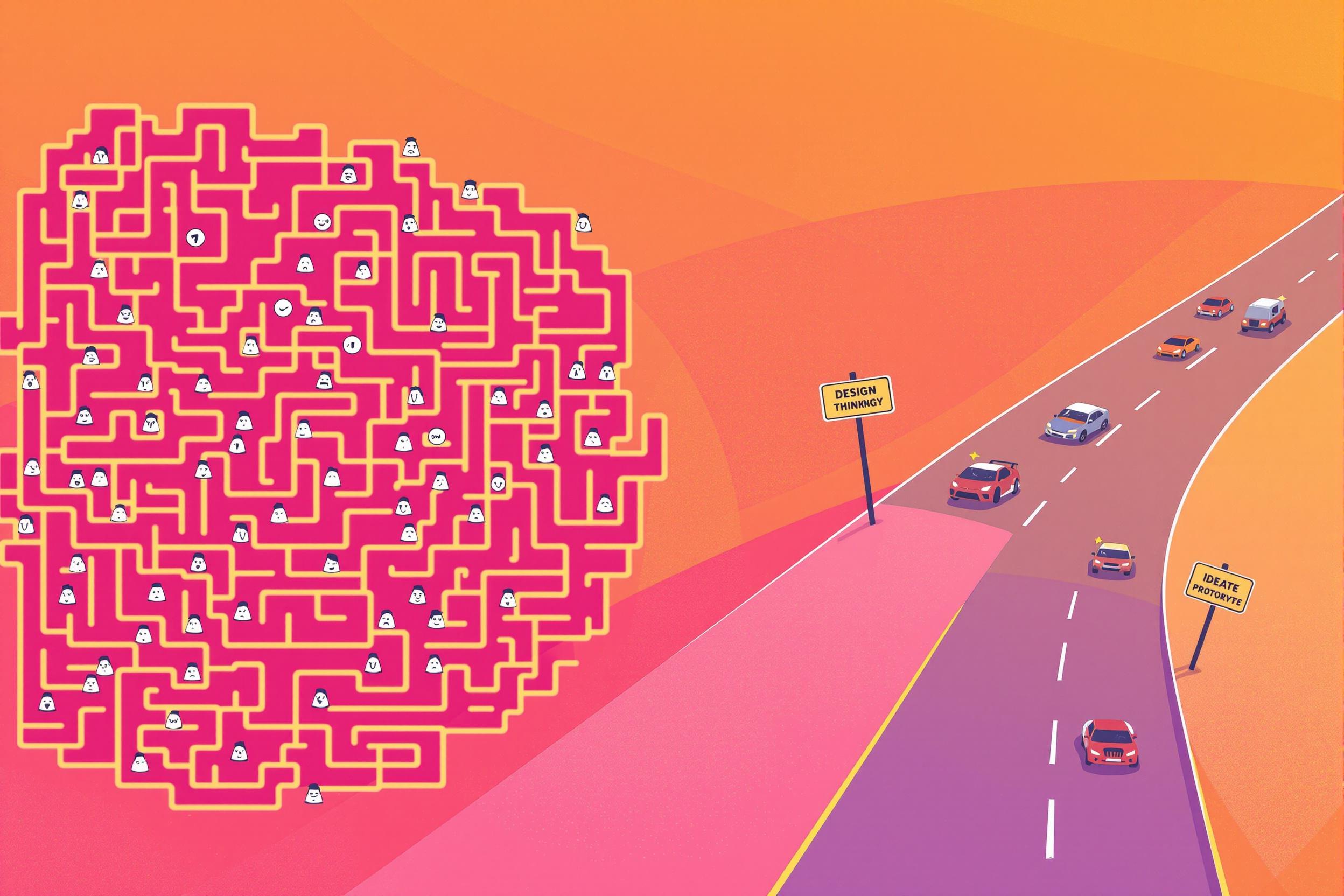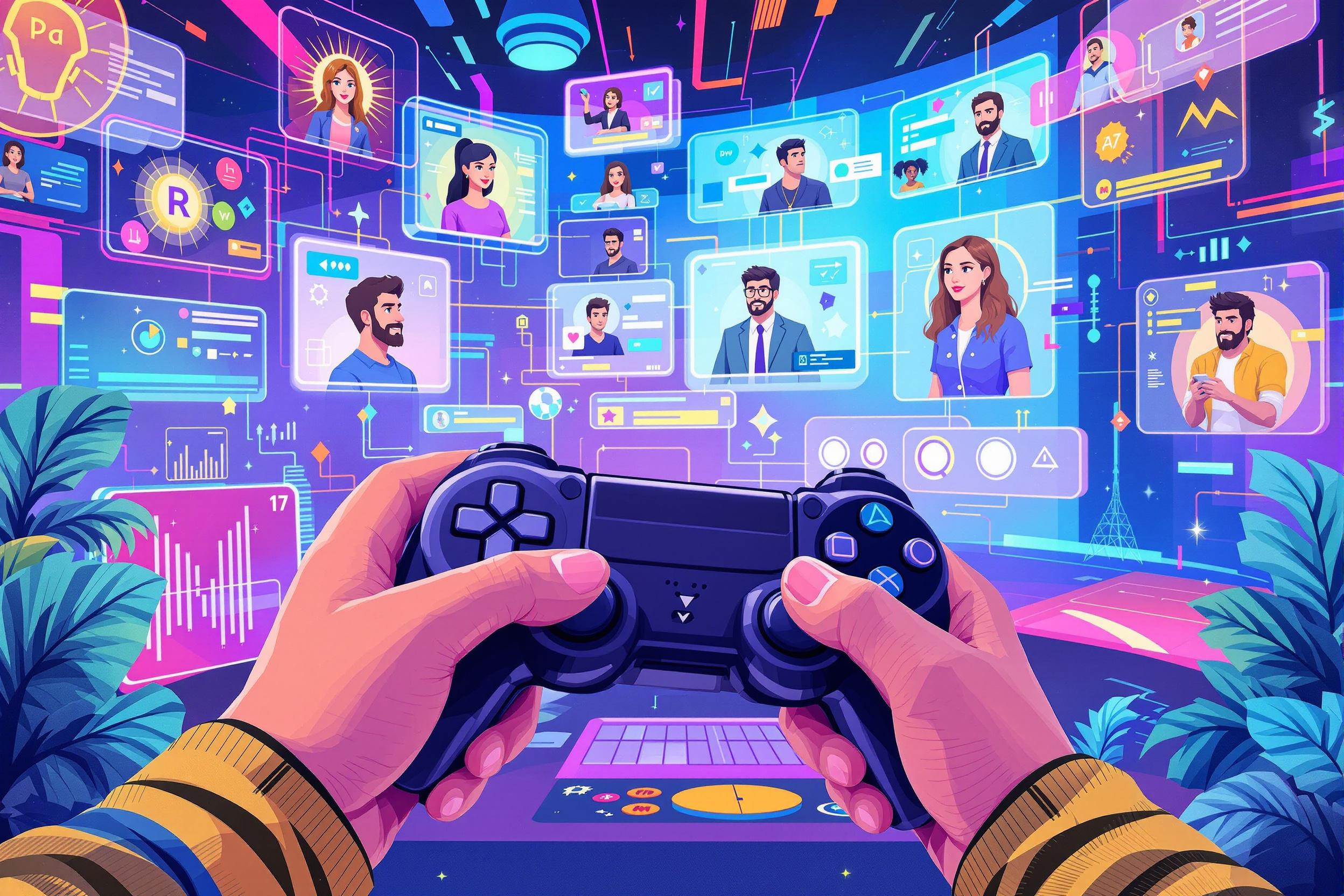
Art Direction
Art Direction is a leadership role in advertising and marketing that involves guiding the visual style of creative projects. Art Directors are like visual storytellers who make sure all the design elements of a campaign (such as images, fonts, colors, and layouts) work together to communicate the right message. They typically work with copywriters, designers, and photographers to create eye-catching advertisements, websites, or marketing materials. Think of them as the visual conductors of a creative orchestra, making sure everything looks consistent and engaging.
Examples in Resumes
Led Art Direction for major retail brand's holiday campaign across print and digital platforms
Provided Art Direction and visual guidance for award-winning social media campaign
Managed team of designers while handling Art Direction for multiple client accounts
Typical job title: "Art Directors"
Also try searching for:
Where to Find Art Directors
Professional Organizations
Online Communities
Job Resources
Example Interview Questions
Senior Level Questions
Q: How do you manage multiple projects while maintaining creative excellence?
Expected Answer: Look for answers that demonstrate experience in prioritizing projects, delegating tasks, maintaining brand consistency, and balancing client needs with creative quality. They should mention specific examples of handling multiple campaigns simultaneously.
Q: Tell me about a time when you had to defend your creative vision to a difficult client.
Expected Answer: Strong candidates should describe their approach to presenting and explaining creative decisions, showing both confidence in their expertise and flexibility in finding solutions that satisfy client needs.
Mid Level Questions
Q: How do you collaborate with copywriters and other team members?
Expected Answer: Should explain their process for working with different team members, how they give and receive feedback, and how they ensure all elements of a project work together harmoniously.
Q: Walk me through your creative process from brief to final delivery.
Expected Answer: Look for a structured approach including research, concept development, team collaboration, client presentations, and ability to adapt based on feedback.
Junior Level Questions
Q: What design tools and software are you comfortable using?
Expected Answer: Should be familiar with industry-standard design software like Adobe Creative Suite, and understand basic design principles and file preparation for different media.
Q: How do you stay current with design trends and find inspiration?
Expected Answer: Should mention specific sources of inspiration, design blogs, social media accounts they follow, and how they apply new trends appropriately to their work.
Experience Level Indicators
Junior (0-3 years)
- Basic design software proficiency
- Understanding of design principles
- Ability to follow brand guidelines
- Basic project management
Mid (3-7 years)
- Team coordination
- Client presentation skills
- Multi-channel campaign experience
- Independent creative problem-solving
Senior (7+ years)
- Team leadership
- Strategic campaign planning
- Budget management
- Client relationship building
Red Flags to Watch For
- No portfolio or weak visual examples of work
- Poor communication skills
- Inability to explain design decisions
- No experience working with clients or teams
- Lack of knowledge about current design trends and technologies
Related Terms
Need more hiring wisdom? Check these out...

Why Your Hiring Process is a Maze (And How Design Thinking Can Turn It into a Superhighway)

The Art of Selecting Great People: A Leader's Most Critical Skill

Unlocking Team Potential: Personality Mapping for Dynamic Management

